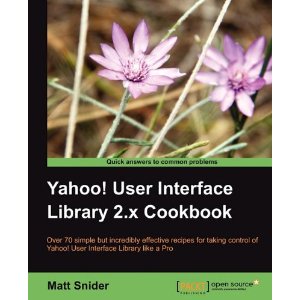 Book Description
Book Description The Yahoo! User Interface (YUI) Library is a set of utilities and controls, written in JavaScript, for building richly interactive web applications using techniques such as DOM scripting, DHTML, and AJAX. Although you can create stylish Internet applications by modifying its default components, even advanced users find it challenging to create impressive feature-rich Internet applications using YUI.
This book will help you learn how to use YUI 2.x to build richer, more interactive web applications that impress clients and wow your friends. It has recipes explaining over twenty-five YUI components, showing how to use them, and how to configure them to meet your needs. Each covered component will have extractable code samples that showcase the common ways that the component is used.
The book starts by explaining the core features of YUI 2.x, the utilities that the rest of the library depends on and that will make your life easier. It then explains how to build UI components and make AJAX requests using the YUI framework. Each recipe will cover the most common ways to use a component, how to configure it, and then explain any other features that may be available. We wrap things up by looking at some of the recent beta components and explain how to use them, and how they may be useful on your web application.
For each of the recipes, there is an introductory example, then more advanced examples, followed by an explanation of how the component works and what YUI is doing. For more experienced developers, most recipes also include additional discussion of the solution, explaining to further customize and enhance the component.
This practical book, packed with easy-to-follow recipes, will help you create modern rich internet applications using the most powerful components of Yahoo! User Interface Library (YUI)
What you will learn from this book
- Understand how YUI 2.x works and what features are available
- Understand how YUI components interact with the DOM, and why
- Effortlessly search the DOM and listen for end-user events
- Simplify retrieving server-side data using AJAX and DataSource
- Learn how to load your scripts and CSS on demand
- Create sophisticated HTML-based panels, tooltips, and dialogs
- Make interactive inputs with AutoComplete
- Harness the power of drag and drop for your UI
- Build sortable, dynamic tables using DataTable
- Design richer user interfaces using YUI buttons and menus
- Show data hierarchies using the TreeView
- Explore some of the more recent beta components
- Take control of your UI as you master YUI 2.x
Approach
This book contains recipes that showcase the common components of YUI, providing suggested examples of use, and a detailed explanation. Except for the first three chapters, which cover the 3 components of YUI that form the foundation for all other components, this book is not meant to be read cover-to-cover. Each recipe is presented as a separate, standalone entity and reading of other prior recipes is not required. Each chapter tackles a particular component or set of related components, introducing the component and explaining how to use it.
Who this book is written for
If you are a web application developer and have some prior experience with or interest in using YUI 2.x to improve the UI of their web applications, then this book is for you. It assumes the reader has prior knowledge of JavaScript, HTML, CSS, and basic understanding of how a website works. This book provides an easy-to-use guide for implementing YUI 2.x components, and does not require an expertise in either JavaScript or YUI.
Book Details
- Paperback: 436 pages
- Publisher: Packt Publishing (January, 2011)
- Language: English
- ISBN-10: 1849511624
- ISBN-13: 978-1849511629
- File Size: 5.7 MiB
- Hits: 2,034 times
 Book Description
Book Description Book Description
Book Description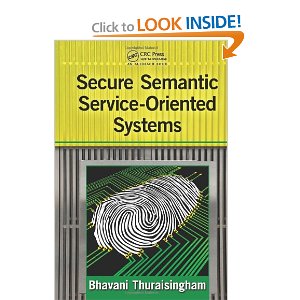 Book Description
Book Description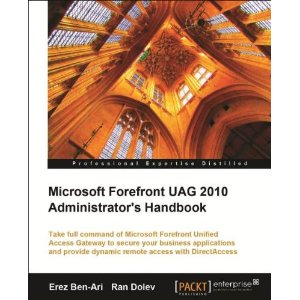 Book Description
Book Description Book Description
Book Description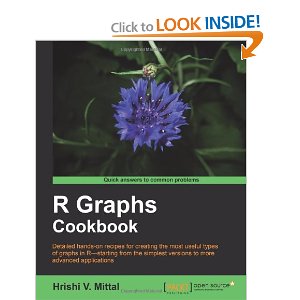 Book Description
Book Description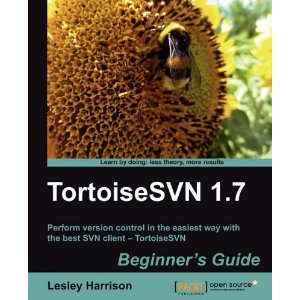 Book Description
Book Description Book Description
Book Description Book Description
Book Description Book Description
Book Description Book Description
Book Description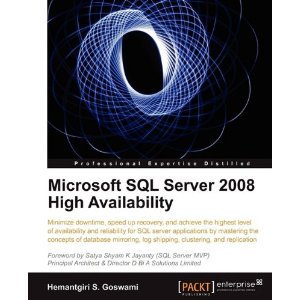 Book Description
Book Description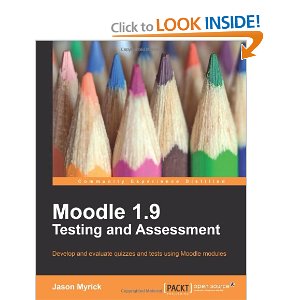 Book Description
Book Description Book Description
Book Description Book Description
Book Description Book Description
Book Description Book Description
Book Description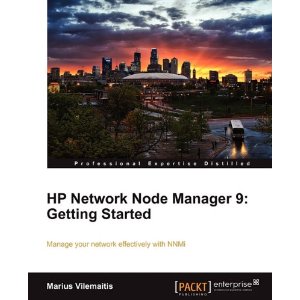 Book Description
Book Description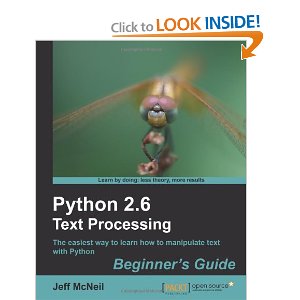 Book Description
Book Description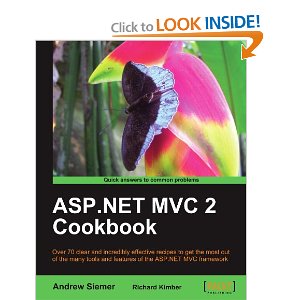 Book Description
Book Description Book Description
Book Description